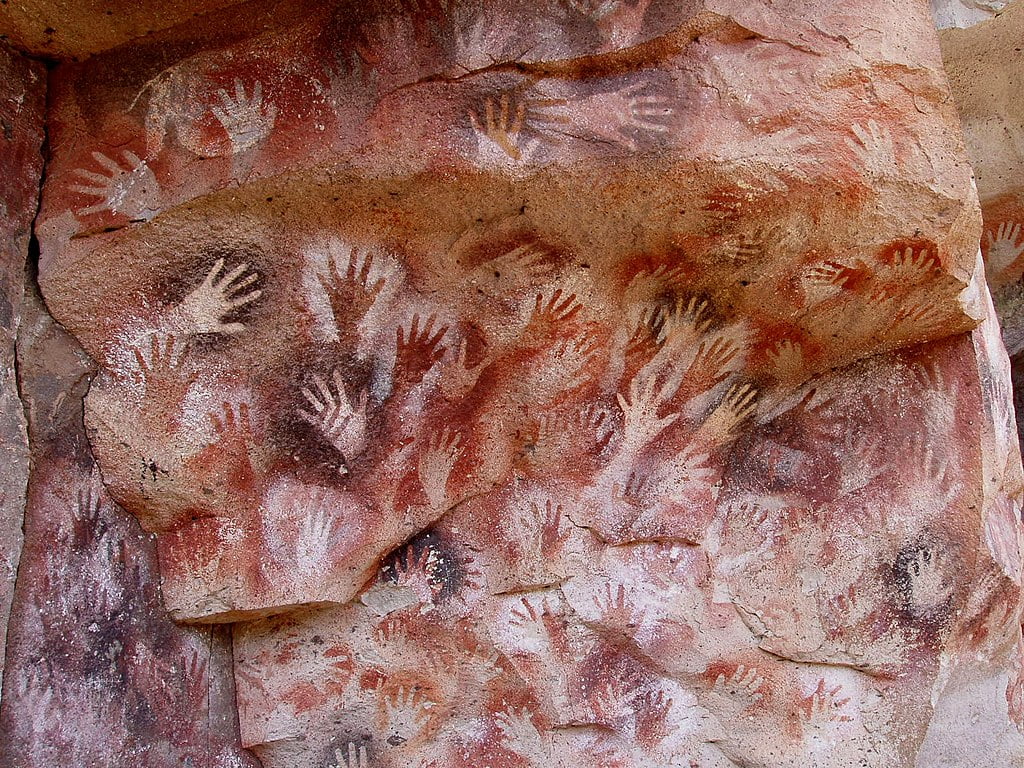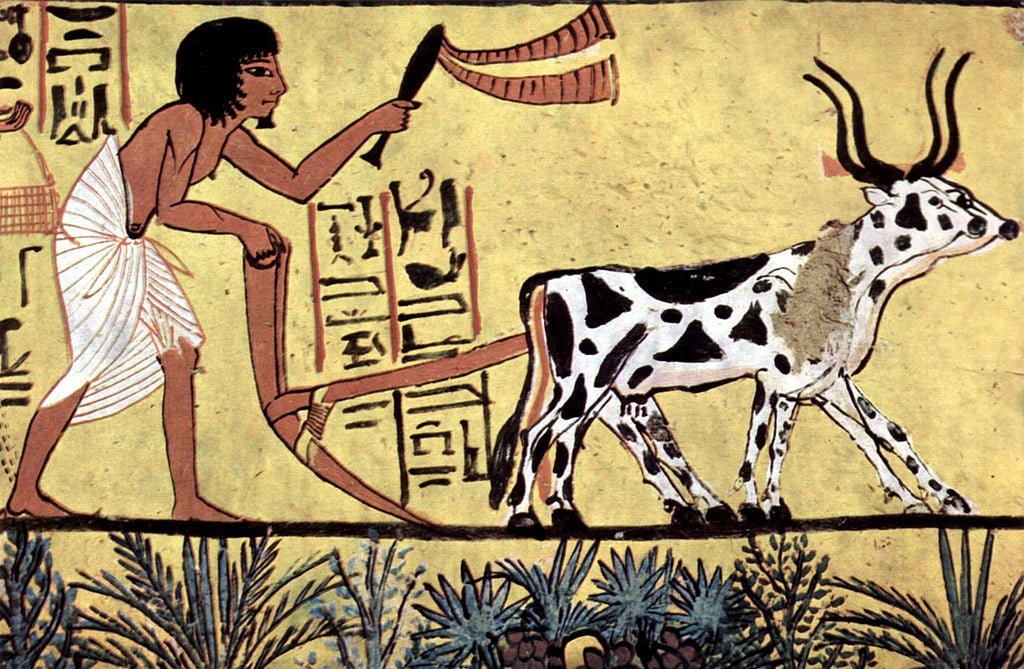Neolithic 12,000- 7,000 (“New Stone Age”)

Charting the Neolithic (“New Stone Age”) period 12,000 – 7,000 BCT
- 11,000 – Enki breaks the oath, instructs Ziusudra/Noah to build a submersible ship. The Deluge sweeps over the Earth; the Anunnaki witness the destruction from their orbiting spacecraft.
- Enlil agrees to grant the remnants of Mankind implements and seeds; agriculture begins in the highlands. Enki domesticates animals.
- 11,000 – Disappearance of the land bridge between North America and Asia.
- 10,500 – The descendants of Noah are allotted three regions. Ninurta, Enlil’s foremost son, dams the mountains and drains the rivers to make Mesopotamia habitable; Enki reclaims the Nile valley. The Sinai peninsula is retained by the Anunnaki for a post-Diluvial spaceport; a control center is established on Mount Moriah (the future Jerusalem).
- 10500-8000 the Natufians, groups of sedentary hunter-gatherers in the western fertile crescent, developed a way of life that revolutionized the world; they lived in permanent villages built wooden huts with stone foundations, harvested wild grains with flint sickles, and used grinding stones to process their harvests. Their cities included the city of Jericho. They lived in semi-subterranean, semi-circle houses.
- 10,000 – Defeat of the Frost Giants
- 10,000 – Holocene —Dire Wolf, Smilodon, Giant Beaver, Ground Sloth, Giant Imperial Mammoth, Woolly Mammoth, Mastodons, Giant Short-Faced Bear, American Cheetah, Scimitar Cats (Homotherium), Camels, American Horses, and American Lions all become extinct.
- 10,000 – Earliest settlers arrive in Ireland, crossing by land bridge from Scotland. These people are mainly hunters but they did not war as they were still worshipers of the Great Goddess. Retreat of ice and warming of climate in Wales. Nomadic hunter gatherers in Anglesey and Lleyn.
- 10,000 – The time of Conan. The Cimmerian barbarian wipes out the last serpent people in their Hyborian city of Yanyoga.
- All continents (except Antarctica) inhabited, Agriculture and the domestication of animals begins.
- 9,780 B.C. Ra/Marduk, Enki’s firstborn son, divides dominion over Egypt between Osiris and Seth.
- c. 9600 BC: The Hyborian Age begins to end, as the nations and peoples of the era begin to fight. Aquilonia and Hyperborea battle, the Picts and Hyrkanians wreak havoc across the land, and the Vanir destroy Stygia. The Aesir settle in Nemedia, and the Cimmerians war against the Hyrkanians before retreating to the east. The Hyborians themselves are overwhelmed by another northern people. This is the time of the heroic Ghor Kin-Slayer of the Aesir, and the warlord Gorm of the Picts.
- c. 9550 BC: A final cataclysm destroys the Hyborian world and rises new land masses, moving the world into more or less its modern configuration. Portions of the Hyborian continent, Poseidonis, and Mu all sink beneath the waves. In later times, this event is remembered as the Great Flood.
- The lloigor scatter across the world, settling in the Middle East, New England, Wales, and elsewhere.
- The Black Lotus is taken from the collapsing Stygia to the Plateaus of Leng and Sung, where it continues to be cultivated. In the remnants of Stygia, the Vanir found the country of Khem.
- The Brythunians emigrate to a land east of Khem and become the priests of Mitra, keeping their bloodline pure and separate from the local population.
- The city of Sarnath is founded in Mesopotamia by another group of humans, near the Thuum’ha city of Ib. The people of Sarnath grow to dislike the people of Ib.
- The province of Averoigne is founded by a people called the Averones (survivors of Atlantis) in modern-day France.
- Between c. 9550 BC and c. 7000 BC: The First Dynasty of Khem falls. A race of human-alien hybrids takes their place, building the earliest pyramids.
- 9,330 B.C. Seth seizes and dismembers Osiris, assumes sole rule over the Nile Valley.
- c. 9000 BC: The men of Sarnath slaughter the Thuum’ha of Ib, and are visited thereafter by omens promising doom.
- 8,970 B.C. Horus avenges his father Osiris by launching the First Pyramid War. Seth escapes to Asia, seizes the Sinai peninsula and Canaan.
- 8,670 B.C. Opposed to the resulting control of all the space facilities by Enki’s descendants, the Enlilites launch the Second Pyramid War. The victorious Ninurta empties the Great Pyramid of its equipment.
- Ninhursag, the half-sister of Enki and Enlil, convenes a peace conference. The division of Earth is reaffirmed. Rule over Egypt transferred from the Ra/Marduk dynasty to that of Thoth. Heliopolis built as a substitute Beacon City.
- 8,500 – The Anunnaki establish outposts at the gateway to the space facilities; Jericho is one of them.
- 8000 – Bokrug, god of the Thuum’ha, brings doom to Sarnath.
- Followers of the prophet Kish, who foretold Sarnath’s doom, flee the city. The Testament of Kish, which tells of Sarnath’s destruction, is written shortly afterwards- however, it is wholly lost. Kish’s followers also translate the Book of Eibon into the Mnar language.
- 7,400 B.C. As the era of peace continues, the Anunnaki grant Mankind new advances; the Neolithic period begins. Demi-gods rule over Egypt.
- 8500- 7000 years ago, humans in the Fertile Crescent in Middle East began the systematic husbandry of plants and animals: agriculture. This spread to neighboring regions, and developed independently elsewhere, until most Humans lived sedentary lives in permanent settlements as farmers.

During the Neolithic not all societies abandoned nomadism, especially those in isolated areas of the globe poor in domestically plant species, such as Australia. However, among those civilizations that did adopt agriculture, the relative stability and increased productivity provided by farming allowed the population to expand.
Agriculture had a major impact; humans began to affect the environment as never before. Surplus food allowed a priestly or governing class to arise, followed by increasing division of labor. This led to Earth’s first civilization at Sumer in the Middle East

 Buy me a coffee
Buy me a coffee